A History of the County of Oxford: Volume 1. Originally published by Victoria County History, London, 1939.
This free content was digitised by double rekeying. All rights reserved.
'Romano-British remains: County houses', in A History of the County of Oxford: Volume 1, ed. L F Salzman (London, 1939), British History Online https://prod.british-history.ac.uk/vch/oxon/vol1/pp306-324 [accessed 19 April 2025].
'Romano-British remains: County houses', in A History of the County of Oxford: Volume 1. Edited by L F Salzman (London, 1939), British History Online, accessed April 19, 2025, https://prod.british-history.ac.uk/vch/oxon/vol1/pp306-324.
"Romano-British remains: County houses". A History of the County of Oxford: Volume 1. Ed. L F Salzman (London, 1939), British History Online. Web. 19 April 2025. https://prod.british-history.ac.uk/vch/oxon/vol1/pp306-324.
E. Country Houses and Frams
About thirty country-houses or farms have been definitely identified within Oxfordshire, though in one or two instances the remains may have formed part of some building other than a house. Of most of them only fragments have survived—a bath or a pavement; indeed the foundations of only two have been completely opened and only one has been scientifically explored. There are, however, traces of several other buildings in the county which also may turn out to be country-houses or farms. The available evidence is too slight to draw any conclusions about the character, history, or economy of these estates. One or two facts, however, do emerge.
To begin with they fall into three geographical groups, as mentioned above (pp. 268–9):
(1) The first of these lies in the north of the county in the ironstone region. It includes Hanwell, Swalcliffe, Wigginton, and possible traces of others at Drayton, Banbury (Wykham Park), Milcombe, Tadmarton, Adderbury, and Deddington (see Topographical Index). Only the very slightest information about any of them has survived, but at Hanwell and Swalcliffe the remains cover very large areas—10 acres and 50 acres respectively—and may represent more than one house. The area at Swalcliffe (pp. 299, 308) lies just below the Early Iron Age fort of Madmarston Hill and conceivably represents the Roman counterpart, beside the stream, of the Early Iron Age settlement on the hill-top. (fn. 1) Foundations have also been traced below the Iron Age camp on Tadmarton Heath, 2 miles south. This whole region was important in at least one Iron Age period, and investigation may show direct continuity into the Roman period. It is to be noted that there are also several villages in this region, particularly round Bloxham (see p. 297). Further, the traces of such houses as have survived suggest that they were nothing more than small farms, with the possible exception of that at Wigginton.
(2) The second group is quite different and much the largest of the three; it is to be connected with Akeman Street and extends SW. from the River Cherwell near Heyford all along the line of the cornbrash (a kind of oolite), mostly on the north of Akeman Street, as far as the Windrush (and beyond the county boundary west of Burford). The houses number seventeen or eighteen and range from small ditch-inclosed timber structures, probably little more than barns, to large courtyard houses furnished with good mosaic pavements. Of the last there were two at least, at Stonesfield and North Leigh on the Evenlode, and probably another at Fawler close by, all three near the slate quarries. Seven or eight were small ditch-inclosed farms, two with stone-built houses, others probably with timber houses. Most of these ditch-inclosed farms have only recently been discovered by air-photography, for surface-finds in most of them are of the slightest. The greater number lie on slopes facing south or west towards a stream but in the valleys of the upper Windrush and Evenlode they are very close to the water, as for instance North Leigh, Asthall, Worsham Bottom, Widford, and Wilcote. On this group, if only more exact information of the character of these houses, their dates, &c., were available, (fn. 2) it might be possible to base some deductions as to the economic history of the region. As it is, we have no idea what are the relations of the small and the large houses to each other, whether they were occupied by independent owners or tenants or by bailiffs, nor whether they were built at the same time or, with one exception, lived in continuously. The exception is the house recently examined at Ditchley, a small ditch-inclosed house, which was first built in timber late in the 1st century, and then superseded by a simple stone house without hypo causts: after a fire which occurred about a.d. 200 it was rebuilt in a more elaborate fashion in the 3rd century and continued in use to the end of the Roman period, when it gradually fell into decay. The large house at Stonesfield seems to be of the 3rd or 4th century but may have replaced an earlier house. That at North Leigh was certainly occupied by the 2nd century, and perhaps even earlier, and consisted originally of two or more simple structures, later enlarged into a courtyard house. The structure at Worsham Bottom looks as if it had been originally built for baths and later converted into a simple dwelling.
(3) The third group, consisting of small houses, is roughly connected with the North-South Roman road on the eastern side of the county. One house at Fringford is actually on the road that leads NE. from Alchester towards Watling Street, and may have served as a posting-house or hotel. A small group lies on the high ground north and east of Shotover; one, at Beckley by the Roman road, looks northwards over Otmoor and possibly another stood by a stream at Woodperry; another is at Headington on the banks of the Bayswater Brook, and two more on the ridge at Wheatley and Cuddesdon, overlooking the Thame valley. Another house found at Burcot, NW. of Dorchester, and really more to be connected with that town than with this group, is actually in the Thames Valley; it is again a simple type of house much resembling one found over the county boundary in Berkshire at Frilford, and its occupants may have come from one of the numerous Thames-side villages (see p. 298). Lastly, two occur in the extreme south-east of the county, on the slopes of the Chilterns facing the Thames at Mapledurham and at Henley.
It is noticeable that few houses have been found in the SW. part of the county and in the NE. or SE. This is not astonishing; the SW. was probably liable to flood, the NE. below Bicester was cold clay country or marsh, and in the SE. there is the Chiltern range of hills. It would seem therefore that the builders of these houses for the most part sought the oolite area on which good crops could be grown, particularly barley, used to-day, and perhaps in the Roman period, mainly for sheep fodder.
Group I
1. Hanwell. Remains of a house have been found in two fields, called 'the Town Grounds', west of Hanwell and of the Birmingham road, and divided by the lane leading to Horley. The ground slopes westwards towards a stream which eventually drains into the Cherwell. Beesley (Banbury, p. 44) records that part of it at least ran north and south, the remains 'extending over at least 10 acres' and therefore indicating more than one house. He also mentions traces of what appear to be hypocaust chambers, partly cut in the rock (cf. Arch. Cant. x, 164; P.S.A. xviii, 38; Arch. Journ. x, 19 f.), flues and stairs surviving in part: the 'oven' found in one chamber was no doubt the heating furnace; in it, about 1800, some dishes, said to be of pewter, were found. Other pewter vessels were also discovered on this site and 'a profusion of burned stones, bones, and pieces of Roman pottery', coins, and skeletons. 'Apparent traces of a trench or embankment facing the east' in 'Church Balk' between 'Town Grounds' and Hanwell church may be the east part of the surrounding inclosure; on the other hand it may not be Roman at all. For the hoard of silver coins found in 1828 a little SW. of the remains described above, see p. 327 (vi).
2. Swalcliffe. Traces of habitation have been found over an area upwards of 50 acres in extent, and measuring ½ mile from east to west and about ¼ mile from north to south, on the north side of the Sor Brook, to the SE. of Madmarston Hill, on Lower and Upper Lea Farms to the NE. of the village. The area is indicated by a great depth (c. 3 ft.) of discoloured earth, sharply distinguishable from the red soil, which has earned for two fields the names of 'Blacklands' or 'Blakelands'. Foundations are frequently discovered, while bricks, tiles, Cotswold slates, and potsherds ranging over the whole Roman period, and quantities of coins—silver of Trajan, Severus, Gallienus, Claudius Gothicus, and Quintillus, bronze of Maximinus, and many 3 Æ of Tetricus I and II, Constantine I and II, Constans, Valentinian, and Valens—litter the site. Many of the stones 'frequently burned quite red' suggested furnaces for some purpose. A tessellated pavement of a white and blue meander pattern found in 1926, apparently exactly like that at Stonesfield, proves the site of one house at least, but the extent of the remains indicates something more. Three burials of rough coffins of local stone were found in 1836, 1840, and 1841 on the east side, just in Tadmarton parish, and 'a pott of money' (see p. 330 (xxii)) found in the early 17th century on the south of the brook at the west end of the site gave the name of 'Money Acre' to the field. A well 2 ft. in diameter was found in January 1856 in 'Town Grounds'. To judge from the coins, which include 10 British, it would appear that the site was occupied throughout the Roman period, if not before, but more extensively from the second half of the 3rd century. The first record of it occurs in a letter from Francis Wise, the Radcliffe Librarian, to Roger Gale, dated 13 September 1732; he says that foundations were then used to mend the roads and build field-walls. [Stukeley's Letters and Diaries (Surtees Society 1887), iii, 155 f.: hence Brewer, Topog. of Oxf. (Beauties of England, xii, 2), p. 512; N.O. Arch. Soc. 1853–5, pp. 52 ff. with list of coins; Beesley, Banbury, 17 ff., 607, with the sites of the fields marked on a map; Gough, Camden (1806), ii, 14 f.; J.R.S. xiv, 228 f., xvi, 225.] It is just possible that the 'Rowbarrow' on the south side of the stream was Roman; it is now destroyed, but it was 300 ft. in circumference and 12 to 14 ft. high, and contained bones and burnt (? decayed) wood when opened for the second time in 1854. (N.O. Arch. Soc. 1853–5, p. 55.)
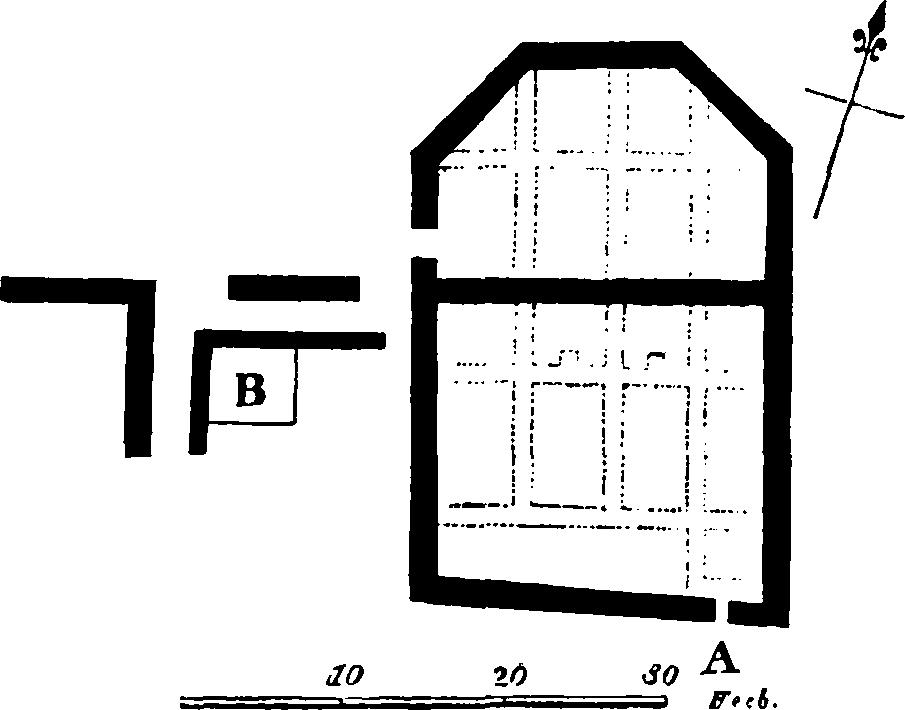
Fig. 28. Wigginton, Bath-room of House No. 3. (From Beesley, Banbury)
3. Wigginton. In 1824 Skelton and the Rev. C. Winstanley uncovered a small part of a Roman house, 1/8 mile SE. of the church, in a field which slopes SE. to a stream; springs occur a little to the NW., and only a mile or so away are the village at Bloxham and the site at Swalcliffe. The remains (Fig. 28) consisted of two rooms, one measuring 20 ft. by 17½ ft.; the other, ending in a triangular apse and measuring 20 ft. by 14 ft., was heated by a channelled hypocaust, the heat entering by flues in the south wall and crossing to the north wall (A); the floors rested on loose rubble foundations (pierced by the flues) on which were rough slabs of local stone which carried tessellated pavements. Floors built in the same fashion were noted at Watts Wells Field, Ditchley (below, no. 9). The hypocaust flues contained much soot and some pieces of coal. The apsed room had a good geometric pavement of treble plait and a floral ornament, the other a coarser, plainer pavement. Further rooms extended westwards, and a good floor to the NE. 'at some distance' and foundations and painted stucco occurred on all sides over an area of some two acres. One curious discovery was a small skeleton, laid north and south, according to Winstanley, on the centre of the pavement of the larger room, and not beneath it. The small objects included coins of Victorinus, Constantine I, Crispus, Constantine II, Constans, Constantius, Julian, Valens, &c., a bone pin, and fragments of a blue glass jug with spiral ornament. This sounds like a large house, but such meagre evidence warrants no conclusion. [Three letters from Winstanley to Skelton, 24 Sept., 13 and 15 Oct. 1824, in MS. Top. Oxon. b. 80, fol. 200 ff. (Bodl. Lib.): hence Skelton, Oxfordshire, Bloxham Hundred, pp. 9 ff., with plan; Beesley, Banbury, 1841, 41 ff., pl. xi, with plan and a drawing of the pavement from Winstanley; Gent. Mag. 1824, ii, 359 (coins). The pavement was still in existence in 1853: see N.O. Arch. Soc. 1853–5, p. 17.]
Group II
4. Steeple Aston. Wood records the discovery in October 1658 in ploughing of 'a vault under grownd and one the top of it, where his plow struck was a Romane urne or two. This va(u)lt was all paved with little bricks as bigg as halfe-crownes laid in fine cement, some with flower-de-liz one them. They were all in the fashion of lozenges'. This pavement is described by Plot (N.H. Oxf. 1705, p. 335, hence Beesley, Banbury, p. 45) as 'consisting likewise of Squares of diverse Colours, and set in curious Figures, but as described to me by the Reverend Mr. Greenwood, Rector of the place, not cubick like the former [i.e. Great Tew], but oblong Squares set perpendicular to the Horizon'. Wing says the site was 'somewhat less than a quarter of a mile from the NW. boundary of the parish of Rousham [i.e. Hopcroft's Holt], where also till recently were traces of a Romano-British bath, the water of which being of the purest description and on high ground, is utilized for the supply of Mr. Dormer's mansion, at the distance of at least a mile'. He adds that when this 'field was subdivided into plots for spade husbandry, many skeletons of full-grown men and women were discovered, at depths varying from 1 to 2 ft. from the surface'. Finally, an inhumation-burial, with head to the north, and with bronze bracelets on the wrists, was found in 1875 on the site of the new Infants' School. It would seem also that a coin of Tacitus was found with the above in 1854 and a denarius of Julian in a garden near the church about the same time. [Wood, Life and Times (O.H.S. xix), i, 264 and in an appendix to Hearne, Liber Niger Scaccarii (1728), ii, 574, hence Plot; Wing, Annals of Rousham (1877), p. 11; N.O. Arch. Soc. 1853–5, pp. 113, 116. A pair of bronze bracelets with hook-and-eye fastening and incised decoration, found on a skeleton, probably that mentioned above, was presented by the Rev. C. C. Brookes in 1926 to the Ashmolean Museum.] It is difficult to interpret this account, but it would seem that the pavement indicates a building and the bath probably a well or tank for baths. The skeleton seems to have been Roman, and may have been that of an occupant of the house. The burials at Hopcroft's Holt found in 1866 are pre-Roman: see above, p. 266.
5. Hensington. Air-photographs (Pl. XXIII, b) show an area inclosed by two ditches, the outer one also inclosing an approach on the east, in a field on the hill-top above, and south of, the R. Glyme, west of Sansom's Lane, 2/3 mile south of Sansom's Farm, which lies on Akeman Street, and the same distance NE. of Hensington Farm. They probably indicate a ditch-inclosed farm, for Roman coins, brooches, and pottery have been found at Beech Hill Clump close by. The coins are all Æ 3 dating from Victorinus to the House of Valentinian (19), and two Æ 4 Theodosian; the three brooches are of late 1st or 2nd century. [Manning Coll. in the Ashm. Mus.; sites marked on 6-inch O.S. map xxi SE. and xxvi NE. O.A. and H. Soc. vi, 50, mentions potsherds, a fibula, and coins—9 Tetricus and the tyrants, 1 Claudius Gothicus, 17 Constantinian—found in a stone pit close to Sansom's Farm in 1894, which may be the same site.]
6. Wootton-by-Woodstock. A quadrangular enclosure of the Ditchley type appears in an air-photograph (Pl. XXII, b) at New Inn within the SE. angle of the Oxford-Enstone road and the branch to Wootton, and it no doubt inclosed a house, possibly of timber, as no signs of structures have ever been noted here. Fourteen pieces of pottery of the late 2nd and early 3rd centuries and a fragment of tile were 'found in excavations about a mile from Wootton, Oxon., a little way from the turnpike road on the supposed site of a Roman villa'. The pottery was obtained by Mr. J. H. Parker in 1882 and is now in the Ashmolean Museum. [Accessions Register, 1882, no. 1.] This is probably the site of our inclosure, as no other villa site is known in Wootton.
7. Great Tew. Traces of a house have been found in the rickyard immediately north of Beaconfield Farm about a mile south of the village, on a slope running down to a stream (a tributary of the Glyme) to the south. Plot (N.H. Oxf., 1705, p. 334 f., pl. xv, fig. 22; hence drawing in Eton College Library: B m 9, no. 79) refers to and figures a geometric tessellated pavement 'plowed up somewhere about Great-Tew'. In May 1810 what appears to be part of bath-buildings was discovered. (fn. 3) The account is difficult to understand, but it mentions a structure measuring 18 ft. by 20 ft. and 8 ft. deep, with an apse, 8 ft. wide, on the north, the whole entered by a passage and door which had been walled up, and the walls plastered white. It contained 'human remains laid in partitions of dissimilar width, which crossed the vault from east to west, and were built with Roman red tiles, about 8½ inches square'; the partitions were 2½ ft. deep, about the size of graves, and were covered with 'plank tiles' varying in size from 11½ in. to 23½ in. square, and some contained fragments of black paterae and red urns; 'many of the bones . . . were very perfect' and were of children; 'there were two tiers of sepulchral recesses; and above was a spread of planking tiles covered with mortar and sand, to the thickness of about two inches, in which was set' a geometric tessellated floor with a design of 'urns and serpentine lines'. Flue-tiles with double triangular apertures, red water-pipes, and stone rooftiles, apparently some Samian ware, and coins were also discovered, but are not recorded in detail. On the slope below, in making a ditch, bones, wood-ash, and black earth were found from 3 or 4 ft. below the surface. If it were not for the curious inhumations in two tiers, which may have been exaggerated or misunderstood, the account would seem to describe a channelled hypocaust beneath a floor, with a bath in an apse at one end, particularly as 'a Roman bath was afterwards found, on the north . . . and was abruptly destroyed' [Nash, vicar of Great Tew, in Brewer, Topog. of Oxfordshire (1813), p. 462 (Brayley and Britton, Beauties of England, xii, part 2)]; lastly, an altar with ashes around it stood 20 ft. 'to the south' of the vault. In Gent. Mag. 1811, i, 388 it is said that in pursuing their work those who found the Roman burial-ground 'arrived at the Roman bath discovered by Plott. . . . The bath was always visible . . . walled round with rough stone', and a tessellated floor near it, which was 'still in a state of good preservation though in a wet situation' (they also mention oak, 'sound, black and heavy'), but Plot mentions no bath. Beesley, however, in 1841 (Banbury, p. 41) says that these remains were then destroyed, except for a fragment of a pavement (pl. x, 1) in the possession of the Bolton family, but that in 1827 a courtyard surrounded by a corridor 'with plinths of columns standing on a tessellated pavement' was traced, and, 6–7 ft. below the surface, a 'bath, near which were a furnace, some lead pipes, and some pieces of charcoal' were opened, but as their direction 'lay under the barn and homestead, the further examination of them was prevented'. He also mentions pieces of tessellated pavement 'in an opposite field'. They all obviously refer to a courtyard house of considerable size and importance, part of which probably still remains underground. Nothing is now known of these discoveries but potsherds can be picked up in a field north of the road leading to the farm (perhaps the 'opposite field'), where there is a kind of platform near the top of the hill. The burials, as described, are inexplicable, but infant burials do occur in inhabited houses or close by them. [Site marked on 6-inch O.S. map, xv W.] For the hoard of coins found in 1817 c. 200 yds. NE., see below, p. 330.
8. Kiddington. A ditched inclosure of the Ditchley type was observed in an air-photograph (Pl. XXII, a) of a field on high ground south of a stream which drains into the River Glyme, and just to the north of Grim's Dyke. The field now known as Pump Copse was formerly known as Roman Copse, but it is unlikely that the name has any significance. Surface examination showed a flat terrace such as that on which the Ditchley house stood, but there was no sign of masonry building; therefore there probably existed here a timber structure which housed man and beasts, as in the original building at Ditchley. [Oxoniensia, i, 24, 67; 1-inch O.S. map, sheet xlv (1st ed.); J.R.S. xxvi (1936), 258.]
9. Enstone (Watts Wells Field South, Ditchley). An interesting farm was excavated by Mr. C. A. R. Radford for a Committee specially appointed in 1935, in Watts Wells Field on the Ditchley estate in Enstone parish and, because it was the first of its kind to be examined scientifically, it has given its name to the type—a small dwelling-house with a corridor or veranda and detached outbuildings, all standing within a walled and ditched inclosure (Fig. 29). The site was first definitely recorded in 1857 by Jordan (Hist. of Enstone, p. 51). (fn. 4) Ten years later General Pitt-Rivers uncovered a pavement in this field 'near the Devil's Pool', but that the foundations still remained complete was only discovered by air-photography in 1934 (Pl. XXI, b), and this led to the excavation.
The site lies 2 miles north of Akeman Street, about 400 ft. O.D., 'just on the brow of the hill, sloping beautifully to the south' towards a stream which issues from a spring (Spurnell's Well) to the west through a pond called Devil's Pool. The subsoil is oolite in layers separated by clay, and in medieval days it formed part of the royal forest of Wychwood, but it is now good wheat land. The dwelling-house had been rebuilt or altered four times. The first house (Fig. 30), (fn. 5) built probably c. a.d. 80, was a rough timber-framed structure, some 48 ft. by 32 ft., with walls of wattle-and-daub and carrying apparently a hipped roof of thatch; it resembled a barn and doubtless housed the cattle as well as the occupants. It was set in the upper part of a courtyard, over 300 ft. square, inclosed by a V-shaped ditch and probably by a bank formed of the clay upcast, with an entrance in the centre of the south side by a causeway 50 ft. wide; just within the entrance, on the west, there appears to have been a small timber-framed building. This house was succeeded early in the 2nd century by a substantial one-storied stone house (Fig. 30), some 94 ft. by 49 ft., with walls of irregularly dressed masonry, quarried locally, resting on heavy foundations built up solidly on the south to level the area; it was roofed with tiles. In plan it contained a row of six rooms, with two wings projecting southwards at each end, connected by a veranda carried on wooden posts. The entrance was by three steps into the eastern wing, the first room (8) of which was probably an open portico. The portico led into the most important room (7), which had a kitchen behind (north of it, on the site of room G) with an open central hearth. Numbers 5 and 6 may have been serving-rooms and 4 a room opening on to the veranda: 3 was a passage to connect the front of the house with the back rooms, and nos. 1 and 2 were probably private rooms. The walls were plastered and painted and the windows glazed. The floors had almost all been destroyed but they appear to have rested on wooden joists. Shortly after its construction a row of rooms was added on the north to provide better offices, including a new kitchen at G, baths at E and F, and servants' rooms in B and C with a connecting corridor at D. A well, probably timber-lined and covered with a timber house, was built in the centre of the courtyard and remained in use till the end of the 4th century, when it silted up. West of it was a circular structure, 30 ft. across, a pitched foundation surrounding a cobbled area, which is best interpreted as an open threshing-floor with a low kerb. (fn. 6) Across the south end of the courtyard there had been extensive outbuildings, but they had been much destroyed, especially on the west. Apparently a structure measuring 280 ft. by 70 ft. covered the south side (Fig. 29). It was timber-framed, with wattle-and-daub walls on a solid rubble-built foundation and roofed with thatch. It was divided at the western end by two walls running obliquely; at the eastern end four hearths, together with much pottery, suggest that this part served as the labourers' quarters. Traces of cobbled floors, probably of huts, to the NW., west and south of the house, but not to the east, appear to have belonged to this period. The inclosing ditch of the first period remained in use, but the entrance in the centre of the south side was improved by two drainage ditches dug in the early 2nd century on each side of the causeway running down towards the stream, one serving to drain the main ditch and the other the courtyard; no doubt they were made necessary by the great building at the southern end of the courtyard (Fig. 29). Two inclosures outside the ditch on the south and east, each measuring 4 acres, were probably orchards or gardens (Pl. XXI, b).
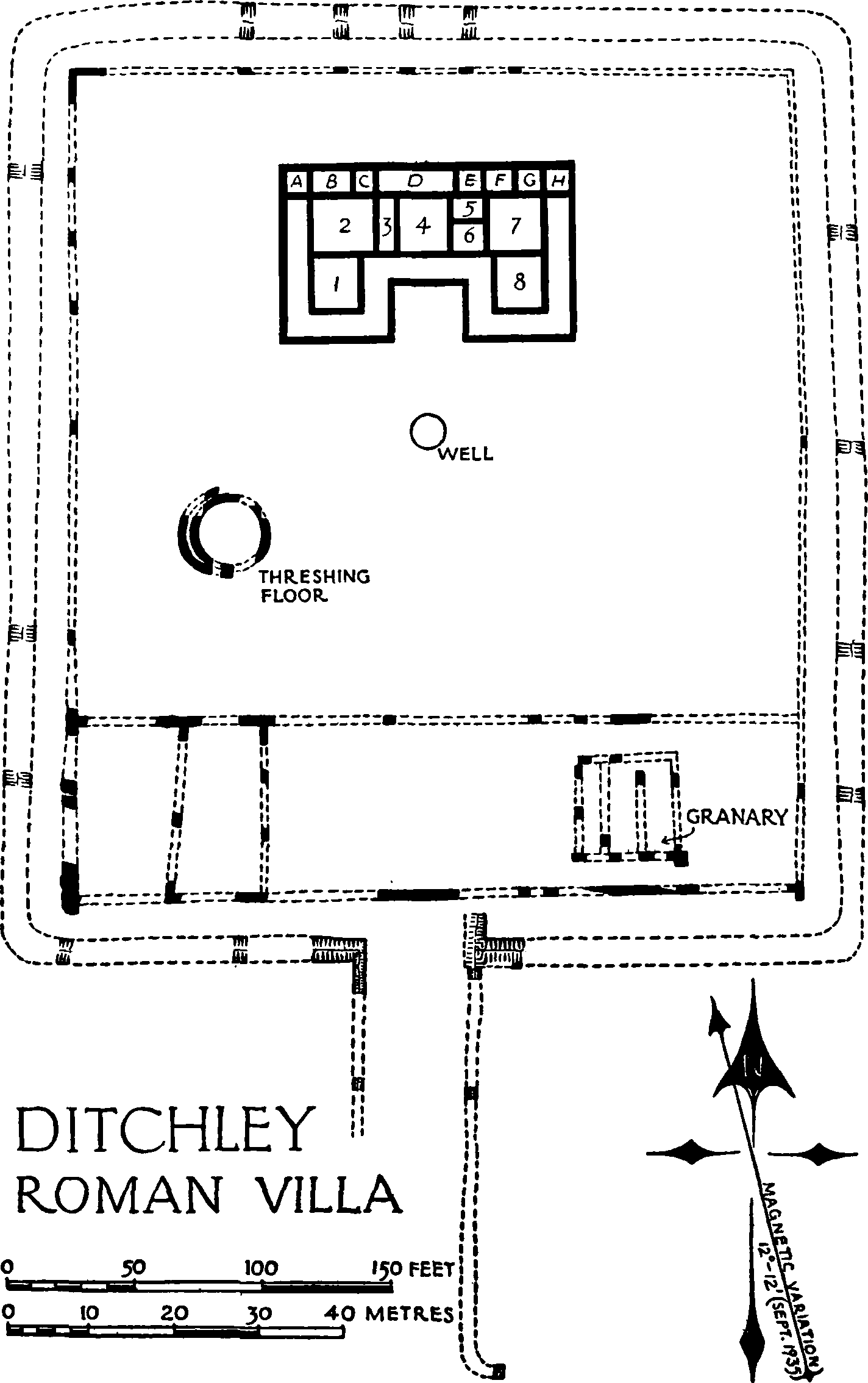
Fig. 29 (By courtesy of The Society for the Promotion of Roman Studies)
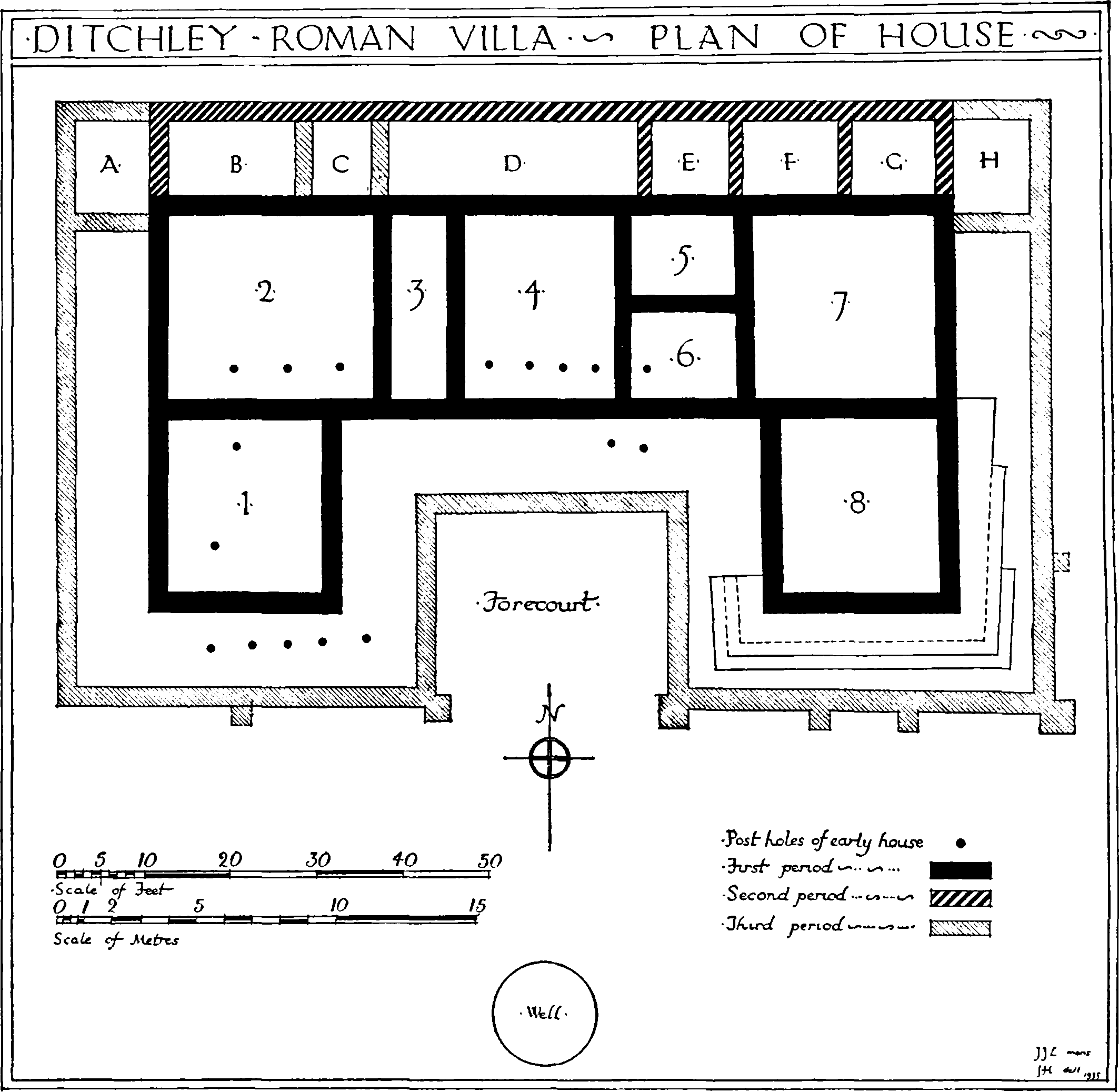
Fig. 30 (By courtesy of 'Oxoniensia')
This house remained in use till about a.d. 200, when a fire, which burnt most fiercely in the western wing and on the north side, caused the collapse of the roof, so damaging the house that it appears to have remained a ruin for some considerable time. Later it was reconstructed on the same lines as before, but a new veranda was added round the front and sides (Fig. 30). Regular squared masonry was used, with rather poor mortar and wide joints, and the walls were covered with white plaster. The building was roofed with Stonesfield slate and the floors were filled in solidly and finished with a mortar pavement which probably served as a bed for other and more elaborate kinds of paving, tesserae having been found. The complete destruction to floor-level makes it impossible to assign a use to the rooms, but the plan followed substantially that of the earlier house, with an elaborate entrance in the east wing. Four stone piers carrying columns, parts of three moulded bases, and the much damaged section of a drum, 18 in. in diameter, suggest that the entrance lay between two columns with arched openings on each side and crowned by an ornamented cornice. Two more piers, on the east front and at the SW. angle, no doubt formed part of the design. Possibly there was a second story with a staircase in room 5. The most remarkable feature of this house, as well as of the earlier one, is the absence of any signs of heating, which must therefore have been provided by braziers, baths being vapour baths made by pouring water on hot ashes spread on the floor. Evidence of burnt floors suggests that this was the purpose of room A (Pl. XX, d) and possibly of B and C. This house, which is probably of Constantinian date, continued in use possibly into the 5th century; while it was still roofed fires were made by campers in room 2. After that the buildings gradually became a complete ruin.
When the last house was built the threshing-floor was reduced in size to 25 ft. in diameter and the building at the southern end of the courtyard, then in ruins, was demolished, the material burnt and buried, and on the eastern side of the entrance a small, substantial building, 36 ft. square, was built of stone with two internal sleeper-walls; it had a raised floor, and external buttresses at the southern angles, all indicating a granary (Fig. 29). It apparently remained in use throughout the 4th century and then fell into decay. Mr. Radford, arguing from the capacity of the granary and the yield of land in medieval times, suggests that the area of cultivated land connected with the 4th-century house can have been little less than a thousand acres, and to this must be added the pasture and lands necessary for separate farms. It may be that in the early period the farm was worked by the owner or his agent, with the labourers living within the inclosure, and that in the later period it was worked by serfs living on their own tenements, the house, usually occupied by the bailiff, also serving as a summer residence for the owner. No traces of the small Celtic field-divisions could be discovered, and it looks therefore as if the cultivation was in large open fields in strips, but this remains to be proved.
Of the small objects discovered, the most interesting is the bronze terret, (fn. 7) chased in relief and inset with red enamel, dated to the 1st century a.d. and found in room 7. The brooches are mostly of the late 1st and early 2nd century, one or two being earlier (nos. 3, 10, 13, and possibly 11). The pottery includes decorated Samian ware, mostly a.d. 65 to 180, and (Fig. 31) coarse ware of types common in southern Britain in the early and late periods; only three fragments of Castor ware were found. Much glass occurred, with a noticeable amount of finer wares, mostly of the 1st and 2nd centuries, but with little of the 4th. Of the 52 coins 7 dated from a.d. 41 to 117, 4 radiates from 270 to 300, 33 from 333 to Theodosius I, and 3 of Honorius and Arcadius, and there were 5 minims. [A detailed report will be found in Oxoniensia, i, 1936, 24–69. See also Antiquity, ix, 472 ff.]
10. Charlbury. Triple inclosing ditches, perhaps like those at Callow Hill (no. 12), were seen in air-photographs (Pl. XXII, c) taken on 5 June 1933 and 1 October 1934, about 1 mile SW. of Ditchley, in a field (where there is a spring) immediately NE. of the farm, Lee's Rest, east of Charlbury. Parts only of the ditches were visible, because a plantation made since 1889 has obscured the remainder, but the internal measurement was about 55 ft. square and the external 220 ft. Potsherds of 2nd- to 4th-century date can be picked up on the surface and, together with the ditches, indicate a farm. [Antiquity, vii, 296.]
11. Chadlington. A very small ditched inclosure containing about an acre, with an entrance in the centre of one of the short sides, as at Ditchley, appears in an air-photograph of a field east of the road from Chadlington to Chipping Norton, ENE. of Lowland Barn and north of Chadlington. It lies on ground sloping gently to the Sarsden Brook and is no doubt a very small ditched farm.
12. Stonesfield. (1) Challow or Callow Hill or Hills. A Roman villa of the Ditchley type, that is, a small corridor house in the centre of the north side of a ditched inclosure, a little longer (about 420 ft. from north to south) than Ditchley, and considerably wider (c. 660 ft. from west to east), lies about a mile north of Akeman Street and a mile SE. of Ditchley (no. 9), on a ridge south of the valley of the Devil's Pool, here called Slape Bottom, just within the NE. boundary of Stonesfield parish.
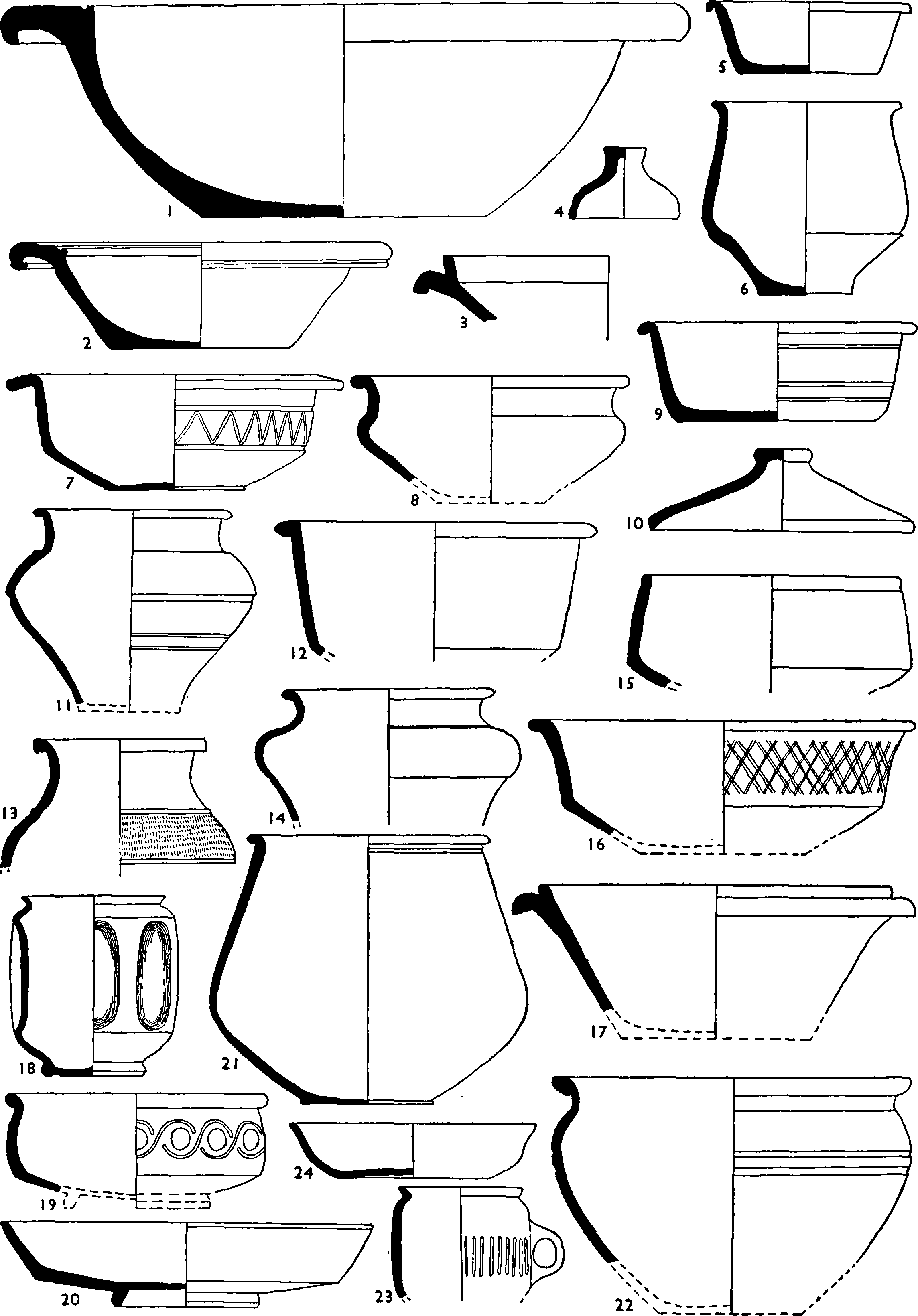
Fig. 31. Pottery from the Ditchley Villa. (By courtesy of 'Oxoniensia')
It was well known to 17th- and 18th-century antiquaries, who assumed that the inclosing ditches were the defences of a Roman camp. General Pitt-Rivers, then Mr. Lane-Fox, recognized it, about 1868, as the site of a villa, describing it as 'the remains of a rectangular inclosure thickly strewed with Roman tiles and pottery'. Mr. O. G. S. Crawford identified it from an air-photograph, but thought that the building was in the NE. corner of the inclosure, whereas it is in the centre of the north side (Pl. XXI, a). The house site can be distinctly seen when the crop is off, and potsherds and tesserae can be picked up, but it has never been excavated, and probably little of it has survived the plough. In July 1916 a floor 'partly painted in red, green and black about 4 or 5 yards square' was broken up with a pick, when foundations and coloured plaster were also found, but further destruction was then stopped. Potsherds and 3rd-century and Constantinian coins, and one of Arcadius, have been found by the farmer (Wood Farm). Mr. Crawford drew attention to the apparent connexion of the inclosure with Grim's Dyke, about ¾ mile to the east. Two banks and ditches, facing east and running north and south from Slape Bottom for about ½ mile, are parallel to the east side of the inclosure and also to Grim's Dyke; they seem to 'bar access to the Roman site from the east' and 'reinforce Grim's Dyke, which they resemble in soil and character'. The more westerly of these two ditches is joined at right-angles by another ditch on the south side of, and outside, the ditched inclosure. Recent excavation seems to show that Grim's Dyke is 1st century a.d., so that, if these secondary ditches prove to be of the same date, there may have been an Early Iron Age settlement or house here before the Roman house was built. If, on the other hand, they are of the Roman period, it is difficult to understand their purpose. The ditches of the rectangular inclosure were not really defensive; they were more in the nature of a boundary and no doubt meant to keep out wild animals as well as to keep in the domestic animals. At the same time, it is not easy to believe that the two parallel ditches so close to one another had not some defensive purpose. [Plot, N.H. Oxf. (1705), p. 243, mentioning 'large square entrenchments . . . having deep Holes within, . . . tis like they were the Works of the Saxons'; Pointer, An Account of a Roman Pavement lately found at Stunsfield (London 1713), p. 23; Hearne's Collections, iii (O.H.S. xiii), 403, calling it a barrow; Warton, Kiddington (1783), p. 58; Hakewill, Roman remains . . . in Northleigh and Stonesfield (reprinted from Skelton, Oxfordshire), map; Akerman, Archaeologia, xxxvii, p. 425, pl. 12; Lane-Fox, Journ. of Ethnological Soc., n.s. i (1868–9), 3 ff.; Note from the Rev. G. N. Nuttall-Smith in the Haverfield MSS.; Crawford, Antiquity, iv, 310 ff.; Topographical Index (p. 339), s.v. Kiddington. For Grim's Dyke, D. B. Harden, Oxoniensia, ii, 74 ff.]
13. Stonesfield. (2) Chesthill Acres. A large house with elaborate pavements existed ½ mile SE. of the village of Stonesfield and 110 yds. north of Akeman Street. It was found 2 ft. below the surface in January 1712 in ploughing a field called Chesthill Acres or 'Chestrenhill' (a significant name); foundation-stones and an urn led to the discovery of the pavement. Further pavements were dug out, some only 6 in. below the surface, in 1779–80, and also a hypocaust, and all of them were then planned and drawn (Pl. XXIV, Fig. 32) by William Lewington, a painter, of Woodstock. These are the only plans that have survived. The four pavements were soon destroyed; an attempt to recover the plan, begun in 1812, was abandoned and nothing now is visible. The house stood on high ground, apparently where is now a platform littered with debris, and extended over an area measuring at least 190 ft. from east to west and 152 ft. from north to south, and would seem to have faced southwards towards Akeman Street. The first pavement discovered (B) rested on a hypocaust with flues up the walls, as did that adjoining it on the east (C), the doorway between the two rooms being found at the floor-level. The detached pavement on the west (A) also was heated. The pillared hypocaust (E), with an apse jacketed with flue-pipes and containing a lead waste-pipe in position, like that at North Leigh, formed part of the baths. The floor of the apse was some 5½ ft. below the surface and was said to have a stone coign on each side of it (E, b); two entrances to the room (c) had been walled up. To the north of the baths was a structure (F) some 3 ft. deep which may have been a tank or a frigidarium, as there was a shelf or step 1 ft. wide and 7 in. high on the south side. A lead pipe also existed here in the south wall, and in the 'tank' was found part of a stone column.
The pavements were all good; that which was first discovered aroused great interest and was frequently illustrated both at home and abroad. (fn. 8) The central medallion shows Bacchus, with cantharus in the right hand and thyrsus in the left arm, sitting sideways on a panther or tiger, and closely resembles the well-known pavement from Leadenhall Street, London, now in the British Museum; it is inclosed in an acanthus border issuing from a very stylized bearded and winged head upside down above the Bacchus, an unusual feature. An acanthus border connected with a head in the same way surrounds the Orpheus picture in a pavement at Woodchester (Glos.), but the head has lobster claws for wings, thus indicating Neptune or Ocean; and a 1st-century head, freely treated, in the centre of a continuous ornamental design like ours, but with a tendril pattern instead of acanthus, was found at Boscéaz-beiOrbe, Switzerland. The rest of the pattern is geometrical and includes such designs as the knot, the pelta, and the swastika-pelta, used in various ways and inclosed in a double meander. The remaining pavements are geometric. Many of the motives in them, the acanthus, the perspective box, four-plait guilloche, the swastika, occur at Woodchester and at North Leigh, so that it is difficult not to believe that the pavements in these three houses are by the same firm, if not by the same hand. They all betoken large and luxurious houses, quite unlike the simple, small houses at Ditchley and Callow Hill and elsewhere. The meagre list of objects found includes some glass, both vessels and window-glass, many potsherds, a little lead, many Stonesfield slates, and the following coins: AR of Constantine II, Æ of Pius, Tetricus II, Constans, Maximian, and Valentinian, but 'Roman coins from Vespasian to the lower empire' (Gough) are said to have been found.
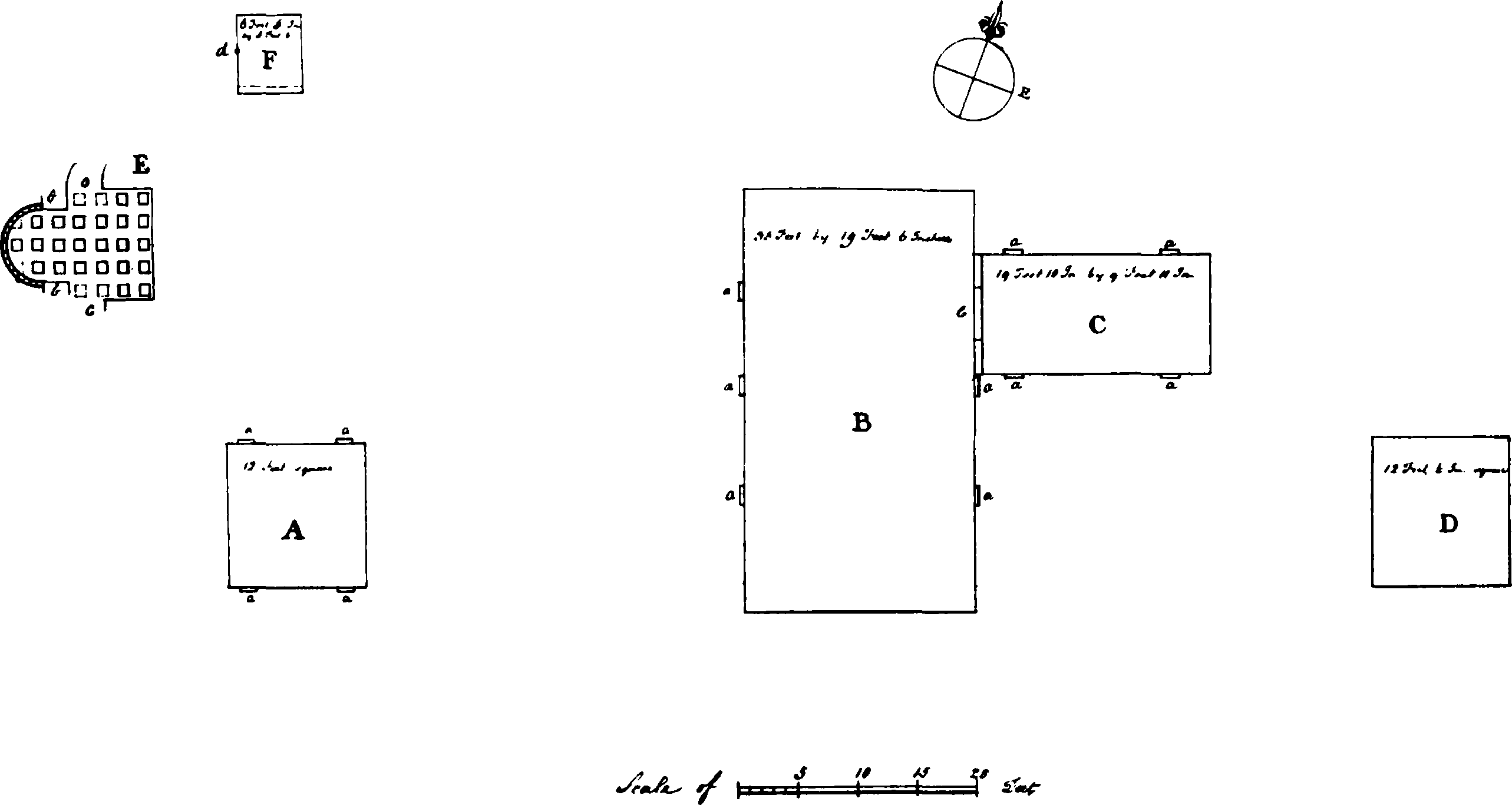
Fig. 32. Chesthill Acres, Stonesfield (no. 13)
Nothing can be deduced about the history of the house. The pavements and coins suggest a 4thcentury building, and the presence of a thick layer, as much as 12 in. deep, of charcoal and burnt wheat, as well as slates with nails in them mixed with pieces of burnt timber and 'many bones all about the floor' and 'much burnt coin close by', hint at final destruction by fire after the house had been used as a barn or camping-out place. Burnt wheat was also noticed on one of the pavements at North Leigh (see p. 318).
[Hearne, 'A discourse concerning the Stunsfield Tesselated Pavement', published in the Itinerary of John Leland, vol. viii (Oxford, 1712), embodying most of the notes in his diaries for the year 1712, Hearne's Collections, iii (O.H.S. xiii); J. Pointer, An Account of a Roman Pavement lately found at Stunsfield (Oxford, 1713); Hakewill, Roman remains . . . in Northleigh and Stonesfield (London, 1836, reprinted from Skelton, Oxfordshire), pp. 19–20; Society of Antiquaries Topog. Coll., Red Portfolio, pp. 37–42, and MS. Minutes i, 50, 133; xvii, 163; xviii, 10, 397; xix, 193; Gough's Camden (1806), ii, 15; Warton, Kiddington (1783), pp. 58–9; Mavor in A New Description of Blenheim (7th ed. 1806), p. 113, hence Brayley and Britton, Beauties of England, vol. xii, 2 (Brewer, Topog. of Oxfordshire, 1813), 425 f. For an account of the various reproductions of the pavements see a forthcoming issue of Oxoniensia. For the Swiss pavement see Anzeiger für schweizerische Altertumskunde, N.F. xxxvii, 1935, 199 f, Abb. iv; for the Woodchester pavement, S. Lysons, Roman Antiquities at Woodchester (1797), pl. vii, x. See also Verulamium Report, pl. xlvi b, pp. 143, 147, and cf. two at Roxby and Scampton, William Fowler, Mosaic Pavements, nos. 3 and 8; for the Leadenhall Street pavement, see Roman London (Royal Comm. Hist. Mons.), pl. 49. See also below, p. 318. The site seems to be marked 3/8 in. too far south on the 6-inch O.S. map, sheet xxvi NW.]
14. North Leigh. The remains of the Roman house at East End (Lower Riding Farm) lie towards the bottom of a slope down to the River Evenlode, facing SE. The site, 'a spreading tumulus consisting of rubbish and fragments of Roman bricks and cement', was first recorded by Warton in 1783. (fn. 9) In 1813 the Rev. W. Brown, rector of Handborough, began to excavate it, but only completed it in 1816, when a house was built for a caretaker and the best mosaic pavement (1) covered with a shed by the then Duke of Marlborough, the landlord. In 1910 and 1911 further examination of the NW. and SW. sides was carried out, and in 1929 the mosaic pavement, which was becoming very ruinous, was re-laid. Partly owing to the early date of the excavation, well though it was done and reported, the evidence for the history of the house is anything but satisfactory. It appears (Fig. 33) to have consisted in the first period of a rectangular block, about 160 ft. long, facing SE., with a wing projecting SE. at the west end. The rectangular block seems to have been divided into two separate but adjacent parts (rooms 4 to 10 and 11 to 17), with two entrances not quite in the centre of each part; that into the NE. part had a cement floor and a doorway, the slabs of which still survive, and possibly the parts of columns and column drums found in rooms 16, 17a, and 17 may be connected with this entrance. The rooms surrounding it had tessellated floors; a staircase possibly existed in room 13 c-d at the back. The rooms at the north and west corners had only cement floors and a connecting room of some sort under 11d gave access to a set of baths to the NE., which were built at a slightly different angle, of which the walls and an apse (added after the first building) survived under later floors. The whole appears to have ended on this side with rooms 28 or 29, outside which, to the SE., was a big rubbish-pit. The SW. block had a room with a tessellated floor facing the courtyard, and less important rooms to the west, with another entrance and yard at the back (to the NW.). Whether the SW. wing extended under that which existed later is unknown, but at any rate there appears to have been an internal colonnade on this side in the first period, with an entrance at its end; possibly rooms 48 to 51 and 50 to 52 formed two large rooms, with a third at 2. To the south of this wing was a structure, possibly a stable, and in the far south corner some very small hypocausts or ovens which may have been used for industrial purposes. Later this wing was extended over the site of the stable and ended as indicated, there being another rubbish-pit outside it to the SE.
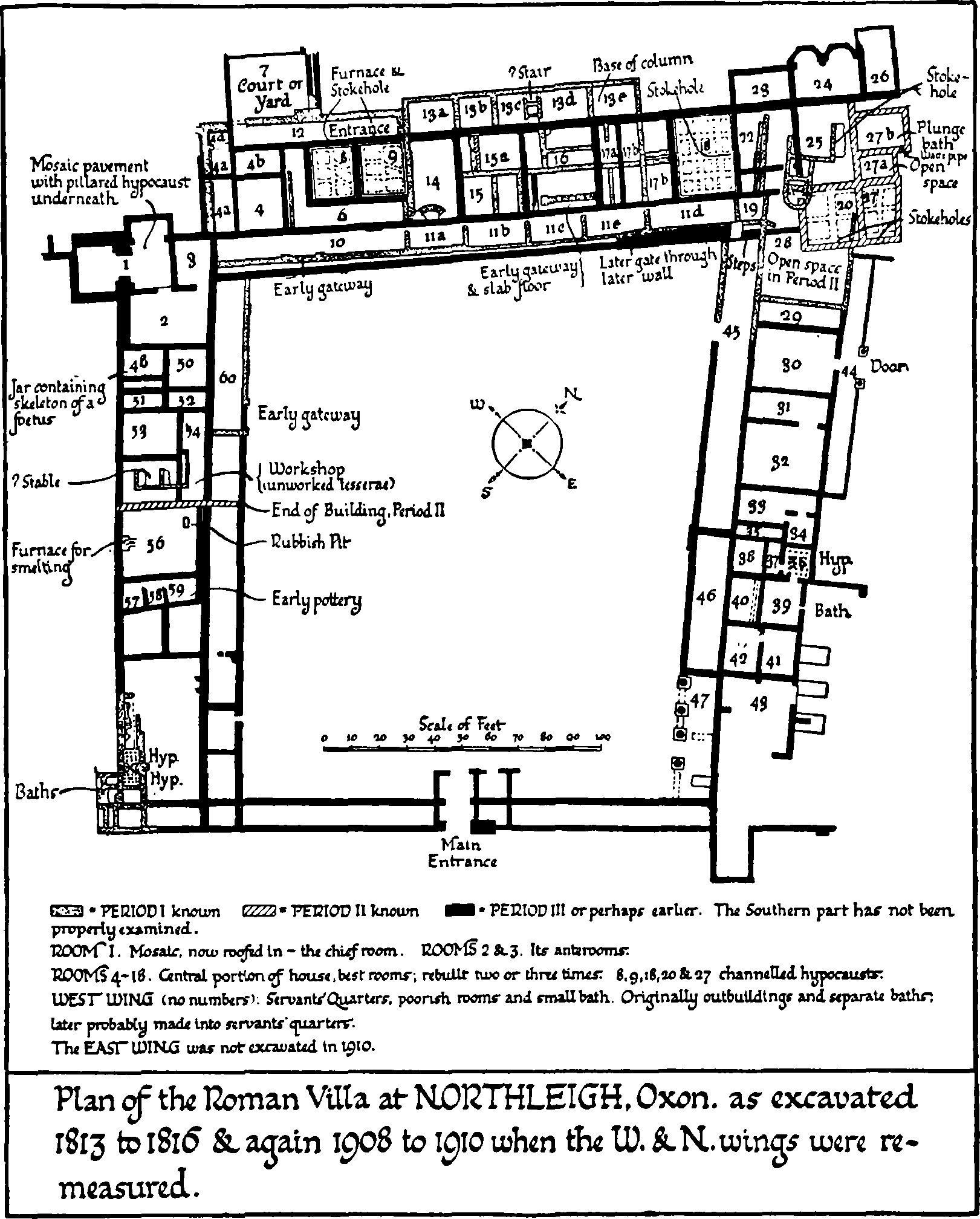
Fig. 33 (By courtesy of the Clarendon Press, Oxford)
The main reconstruction occurred when the two wings were lengthened and their internal corridors connected with two new ones to north and south, the latter being built all along the SE. side, with the main entrance (and porter's lodge) to the villa in the centre, thus converting the building into a large courtyard house. Drastic internal alterations were then made to enlarge and improve the main residential block on the NW. The chief entrance to this block was a little to the NE. of the old one into the new corridor (11e). The chief living-rooms led off this corridor towards the SW. Two channelled hypocausts (8, 9) with stoke-holes to the NW. were inserted. An important room (1) seems to have been added at the extreme SW. end, divided into three parts, of which one was heated with a pillared hypocaust with wall-flues at intervals and a stoke-hole to the SW.; this part was divided by an arch resting on piers, round which were flues, from the second part of the room, which was heated only by a channelled hypocaust. The third division was a little alcove to the NW. which was not heated. Rooms 2 and 3 appear to have been anterooms to no. 1. The SW. wing contained workshops and possibly servants' quarters. A furnace, or perhaps an oven, was found in room 56, and a mass of unworked brick tesserae towards the end of the corridor (60). On the NE. the baths were reconstructed, the corridor (11e) was lengthened through no. 19, and the building probably ended at room 25. A new caldarium was inserted in room 18 (the stoke-hole for which was in 22, now a yard), and through 21 the warmer rooms were reached. The apse of one of the sudatoria (24) still survives, with its waste-pipe in position; the frigidarium was possibly at 27b. Later, further baths were added in 20 and 27, with stoke-holes in their SE. walls, and room 28 was then a yard. At the same time the rubbish pit in 29 and 30 was filled up and levelled, and a circular structure, possibly a tank, inserted in its centre. It seems to be connected with the corridor no. 44, which possibly gave access to a garden on the NE. The well which supplies the present cottage is on this side. At the end of corridor 45, in the east corner, were more hypocausts and baths and a colonnade facing SW., but the details for this wing are not clear. The house is built of local stone, the earlier walls of the thin slabs from the top beds of the quarries, the later of larger and squarer blocks. The floors of both are all of local materials, but those of the earlier period had white tessellated borders, whereas the later had coarser red tile borders. The date, however, is uncertain. A pit sunk in room 18 produced a piece of Samian ware of cut-glass technique lying on the virgin soil, and other potsherds found elsewhere suggest that the first house was built in the late 2nd century, though possibly there was something earlier under the west wing. When the main reconstruction was made is even more uncertain, but pottery under the later floor of room 22 suggests that no long interval occurred. The house remained in use until the end of the 4th century and probably into the 5th, coins of Arcadius having been found. There were definite signs of burning in rooms 17, 17a, 17b, and 18, as well as in 16, with slighter signs in 15 and 8, which included burnt wheat in 17a and molten lead (possibly wheat had been stored in room 18 at this time), but the excavators thought that the rest of the building had been allowed to fall into decay. It may have been abandoned when the fire occurred. We do not know how the house was approached, but it must have had some connexion with Akeman Street, not ¾ mile away, and the road probably ran between the house and the river.
[The main account was published by Hakewill in Skelton's Oxfordshire, 1823, reprinted separately (see above, no. 12). The 1911 excavations were the result of an appeal made by Professor Haverfield, who obtained a lease of the site from the Duke of Marlborough and invited Mr. Donald Atkinson and the late Mr. Evelyn White to do the work. Unfortunately no report was published. Mr. Evelyn White's MS. report is among the Haverfield manuscripts. Mr. Atkinson's manuscript report is missing. At Professor Haverfield's death the University took over the lease and re-laid the pavement. In the Ashmolean Museum are one or two finds, including a brooch with a divided bow and of Aucissa shape, a continental mid 1st-century type (cf. Ritterling, Das frührömische Lager bei Hofbeim im Taunus, p. 127, no. 225, pl. x). In 1921 a marble bath, measuring 3 ft. 1 in. by 1 ft. 10 in., said to have been found at the villa in 1830, was on sale at a London dealer's. Hearne's Collections, ix, 55, 10 Nov. 1725 (O.H.S. lxv, 1914) mention 'a Tessellated Pavement being found lately by Norleigh, and that Mr. Perrot of Norleigh hath got it taken up, and put into a Room of his House'. It is difficult to believe that this refers to the house at East End and not to Stonesfield, No. 13.]
15. Fawler, in Stonesfield Parish. (1) Traces of a house can be seen in the meadow, Bury Close, on the north bank of the Evenlode between the village and the G.W.R. line and bridge, about 20 yds. north of the latter. About 1865 a tessellated pavement with a hypocaust beneath it was opened but covered in again. Another pavement belonging to the same house was destroyed in making the railway line. A wall nearer the cottage was opened in 1926 by the Oxford branch of the Classical Association. Many potsherds and a number of small silver coins have been found here; and probably the Samian cup stamped tavrici (2nd century) and several late coins discovered in the village belong to this site (Archaeologia, xxxvii, 433 note). The evidence suggests a large house (B.B.O.J. iv, 17; O.A. and H.S., 2nd Ser., ii, 1871, 348; iii, 1872, 39; letter from Dr. Ward Fowler in the Haverfield MSS.). The name 'Fawler' is derived from the Anglo-Saxon 'fagan flore', meaning a variegated floor and referring to a tessellated pavement (Alexander, Place-Names of Oxfordshire, p. 103; O. G. S. Crawford, Eng. Place-Name Soc. i, 143, and Antiquity, i, 347 f.).
16. Fawler. (2) Another house existed in the Evenlode Valley ½ mile east of the above, 300 yds. west of Oatlands (or Oaklands) Farm. It was noted by Hakewill on his map as 'supposed Roman remains' or 'ruins and buildings' (Skelton, Oxfordshire, 1823, Wootton Hundred, p. 9). A ditched inclosure was photographed from the air in 1935 (Pl. XXIII, a), but no traces of buildings appear. This is probably a house of the Ditchley type.
17. Wilcote. (1) Tiles stamped with a rectangular pattern with mortar adhering, coloured plaster, and apparently one pillar of a hypocaust, are to be found by a brook (on each side of it) which drains into the Evenlode, SE. of Shakenoak Farm, Wilcote Manor, and south of the lane to Bridewell Farm, North Leigh. They seem to indicate a small house beside the water, like that at Worsham Bottom (no. 19). It is reasonable to connect with this house the denarius of Faustina, seal-box, and 3 intaglios (Pl. XVII, a) found close by on Bridewell Farm, North Leigh, q.v., p. 341 below. [The tiles are in the Ashmolean Museum. Information from Mr. Martyn Jope.]
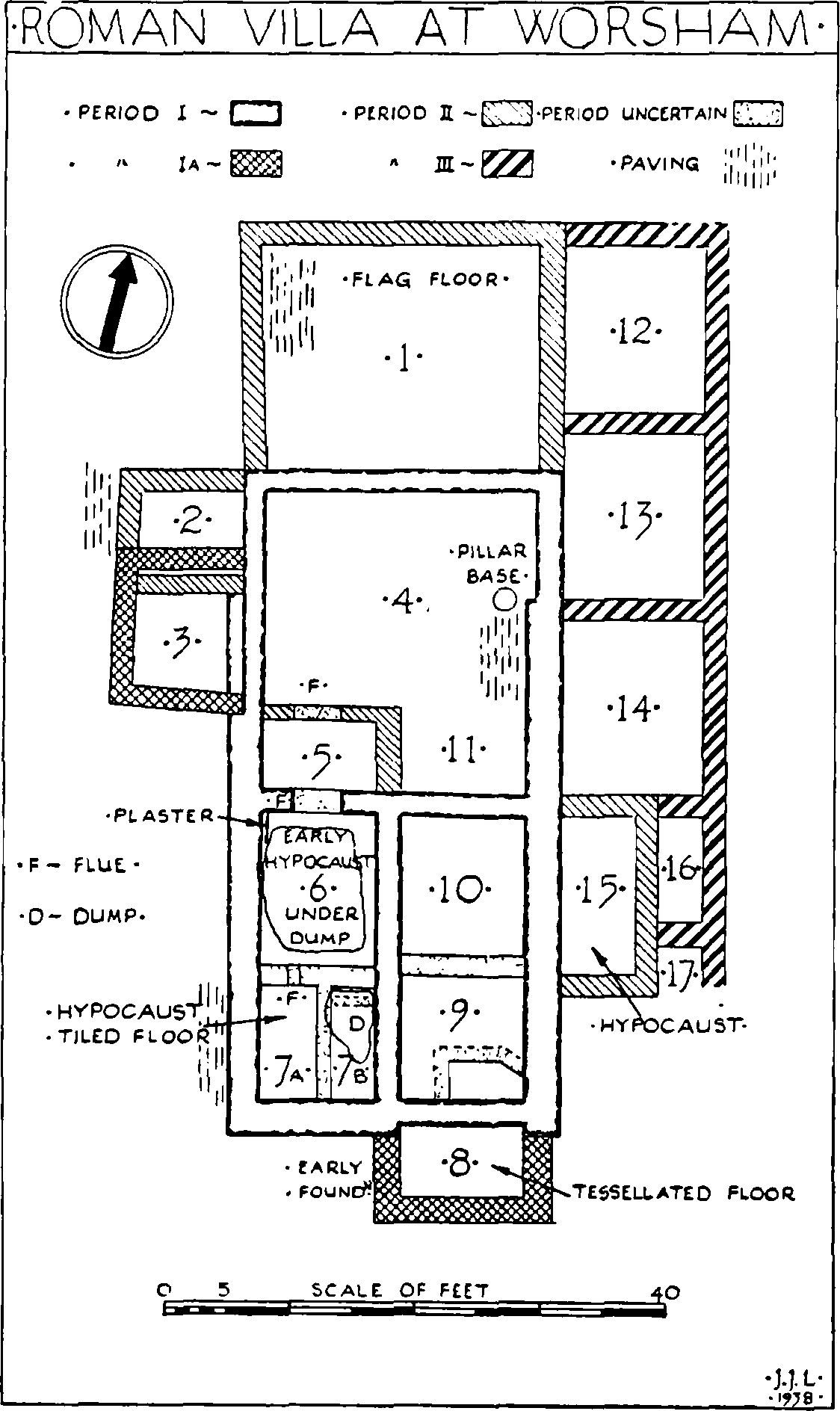
Fig. 34
(2) The second site in this parish on Akeman Street is more probably a village (see above, p. 298), but it may be a house. See Topographical Index.
18. Asthall. (1 and 2) For traces of structures in the village, see the Topographical Index.
19. Asthall. (3) A small house, built perhaps originally as a bath, in Worsham Bottom, ½ mile below Worsham Mill, actually on the River Windrush (north side), though not now on the main channel, was first dug in 1908 by the Rev. G. Engleheart and Mr. E. A. Rawlence. It was further examined by Dr. A. E. Peake in 1917, but it has never been published. Fig. 34 shows the plan of the foundation as left by Dr. Peake and still standing. In the main it agrees with a sketch-plan by him to be found in a letter to Professor Haverfield. This plan and the notes available are difficult to interpret, but the absence of a corridor and the presence of heating arrangements show that the original structure, including rooms 4–7 and 9–11, was a bath-building with entrance and dressing-rooms in 4 and heated rooms (brick pillars) in 6 and 7. One would normally look for the furnace south of 7, where some foundations existed adjoining the west wall of 8, but the level here is close to the water and possibly therefore it was west of 6; if so, 3, which was added not long after the original building, may be explained as a fuel-store. The unusual width, except at the north end, of the walls, which are also said to be very deep, may have been caused by the slope of the ground southwards as well as by the proximity of the stream, and perhaps for these reasons they may have carried an upper storey. The wide walls are well built, in contrast to the additions, which are irregularly built. Room 8, with the only tessellated floor, of coarse tile work, must have been added either during the building of the bath or shortly after; its floor is at a lower level than the hypocaustrooms and it probably had a pent roof. In the second period the baths were enlarged: another hot-room was added at 5, and a sunk bath lined with thick plaster was made inside the NW. corner of 6, and at this time the furnace and stoke-hole must have been in 4; there were further alterations in this room and in 7, which cannot now be made out because they were filled in by Dr. Peake. No. 3 was enlarged and divided into two rooms, possibly for service, and 1 was also added, perhaps to take the place of 4; another heated room on a stone-pillared hypocaust, probably with a sunk bath, was added on the east at 15 and Dr. Peake's sketch-plan shows traces of a stoke-hole in the south wall. The curious structure on the south side of 9, added before the last period, when a floor was built above it, may possibly have belonged to a staircase to an upper floor. Finally, in Period III, the baths appear to have been converted into a dwelling-house; most of the baths were filled in and the flues stopped up, and the floors raised, though apparently one hypocaust on the west was rebuilt at a higher level; a series of rooms was also added on the east (12–17). The new floors were mainly of opus signinum and good hard concrete, and the walls were decorated with coloured plaster, much of which was found. Both roof-tiles and roofing-slates were used. The pillar-base in 4, which occurs in Dr. Peake's sketch-plan, is unexplainable; the thickening of the east wall of 4 is shown at this point on the plan, but it may have occurred a little farther north or south.
The objects discovered appear not to have been very numerous. The pottery, distinguished by an absence of Samian ware, dated from the 2nd century but much of it was of the 3rd and 4th centuries. At what date the curious cylinder-shaped vessel in good buff-coloured ware, shown in Fig. 35, was made, it is not possible to say. Only five coins are recorded, two of Gallienus, one of Carausius, and two Constantinian, and there were practically no other metal objects. On the whole it would seem that the period of occupation, whether as bath or house, was perhaps not more than 150–180 years.
A building is thought to exist in the adjoining field on the west by its eastern fence, towards the top of the slope, a probable site for the house to which the baths belonged. [Haverfield MSS. Information from Dr. A. E. Peake, now at Bath, who still has the objects he found and a model he made, though his notes are lost. We are much indebted to Mr. J. J. Leeming for the plan and to members of the O.U.A.S., particularly to Mr. R. G. Goodchild, for help in clearing and measuring the building.]
20. Widford. In the chancel of the church is a fragment of a tessellated pavement, apparently the box pattern and possibly, therefore, late. It is difficult to make out whether it underlies the church or has been imported into the church, but more likely the former, for fragments are also said to have been found in the churchyard, and the neighbouring field contains obvious signs of structures. It lies close to the river Windrush and was probably much like the little house at Worsham Bottom, Asthall (no. 19), from which it is only distant about 2 miles. [W. J. Monk, Walks and Drives round Burford, 1902, p. 3.]
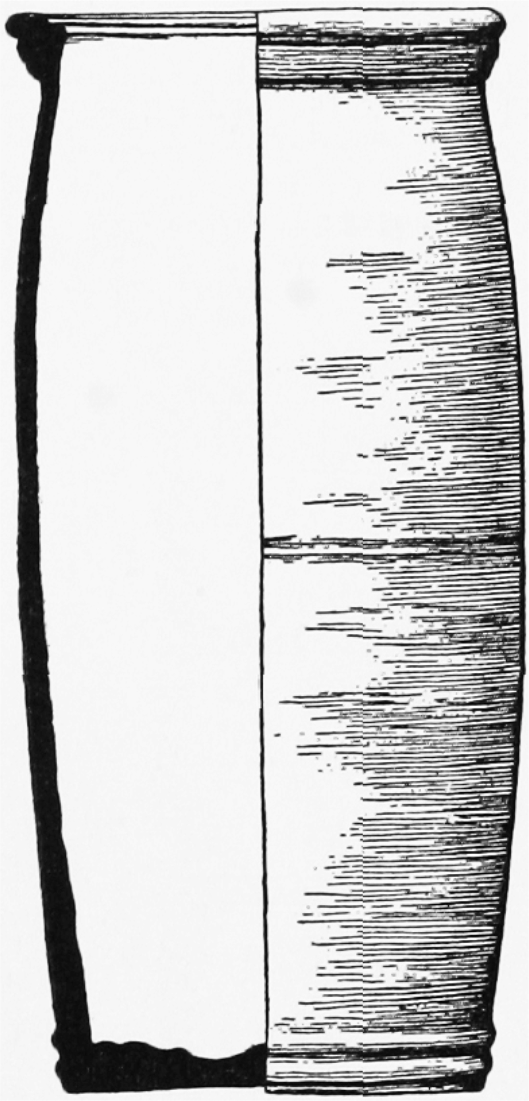
Fig. 35. Buff-Coloured Vessel from Worsham Bottom, Asthall. ¼
Group III
21. Fringford. There seems no doubt that a Roman house was discovered in making the garden of Fringford Lodge about 1860. 'Several remains of tessellated pavement . . . an underground chamber close by the pavement, with two or three steps leading down to it', make this quite clear. Two skeletons also were discovered, and pottery abounded as well; innumerable 'small coins, mostly copper', constantly turned up in the adjoining field 'in such numbers as if the ground had been sown broadcast with them'. They were also dug up 'in the neighbouring hill' in Stratton Audley Park (? Fringford Hill to the NE.; for this see below, p. 343, Stratton Audley), and coins and other remains were discovered on Glebe Farm to the NW. about 1830. [Blomfield, Bicester (1882), p. 17 f. The 6-in. O.S. map, xvii SW. marks the site. Plot, N.H. Oxf. (1705), 341, mentions coins found here, and one Æ 2 of Domitian is in the Ashmolean Museum.]
22. Woodperry. Probably a house here, see Topographical Index, s.v. Stanton St. John.
23. Beckley. The remains of a small house were discovered, and destroyed, about 1862 on a hill sloping NE. overlooking Otmoor, some 350 yds. east of the Dorchester-Alchester Roman road on Upper Park Farm. The corner of a house (Fig. 36), running apparently NE. and SW., and measuring 32 ft. by 18–24 ft. externally, and containing four rooms, was opened up. The walls were about 1½–2 ft. thick, two of the floors had coarse tessellated pavements. The debris included stone slates, roof-tiles, some ornamented with stamped rectilinear patterns, fragments of coloured plaster, much pottery, coins (only one, Constantinian, mentioned), animal bones—pigs, sheep, and bos longifrons. A few of the potsherds are in the Ashmolean Museum and include 3rd- and 4th-century types. [Parker in O.A. and H. Soc., n.s., i (1860–4), 186 ff. with plan of the remains (hence our Fig. 36); Arch. Journ. xx, 73. The 6-in. O.S. map, xxxiv NW., marks the site.]
24. Headington. A fragment of a Roman house with 'massive walls of solid masonry', but much robbed, was excavated in the spring of 1849 by Llewellyn Jewitt in two fields on the bounds of Headington and Elsfield parishes, 500 yds. NW. of Wick Farm and ¾ mile west of the AlchesterDorchester Roman road. It is a typical Roman site, on ground which slopes southwards to the Bayswater Brook. The plan (Fig. 37) shows a room 14 ft. by 10 ft. 7 in., d, with a concrete floor, and, apparently, the corner of a bath-building—a furnace-arch of stone, b, and a small bath, a, 3 ft. 10 in. by 2 ft. 3½ in., and 1 ft. 6 in. deep, floored with concrete 1 ft. 2½ in. thick and lined with red plaster; here was 'a quantity of small bones'. Not far away, 3 ft. below the foundations, was a stone drain, and in the same corner were flue-tiles, roof-tiles, and limestone slates. 'Traces of walls and rooms covered nearly the whole of the two fields.' The coins include one of Probus and another of Postumus from the bath, but also there were some of Tetricus I and II, Constantius I, Helena, Constantine I, Constans, and Gratian. There were also iron implements and fragments of a fibula, a brass boss fixed to iron, a bell, a lead plummet, and a cartload of pottery; the pieces described or figured include fragments of at least 200 mortaria, mostly of a fine, hard, light-buff-coloured ware, others of a lead colour, and some red, mostly 3rd- and 4th-century types (Fig. 38). There was much 4th-century pottery with patterns in white on red and in red on buff colour, the product apparently of the local kilns; also some Castor and New Forest ware and coarse black and grey ware scored with linear patterns, mostly late. The most curious vessel illustrated (Pl. XVIII, c; fragments of which were very numerous) is cone-shaped and explained as a melting-pot, probably correctly—witness one found at Niederbieber, type 119 (Oelmann, Die Keramik des Kastells Niederbieber, p. 79, pl. iv, 119; cf. also Das Castel Weisbaden (O.R.L. Lief. 31, 1919), 122, fig. 18). Only a little decorated Samian is mentioned, and the following stamps: paterni.m retrograde (C.I.L. vii, 1336, 803), aiistivi.m (21d), albin.f (38), rvfia (946, ? Rufus). Finally, a moulded stone 'with evident remains of an inscription upon it', but quite illegible in the illustration, is recorded. The evidence suggests that the occupation began in the middle of the 2nd century, increased much in the late 3rd, and extended well into the middle of the 4th century or later. As quantities of partially burned clay and masses of 'crossilled' earth and portions of vitrified flooring were found, some industry—and the number of mortaria suggest pottery-making—was perhaps carried on here (see above, p. 304); one may also note here the remains of a thick bar of iron on a flat stone, overlying a large heap of wood-ash and charcoal. The signs of burning are too much either for a hypocaust or destruction by fire.
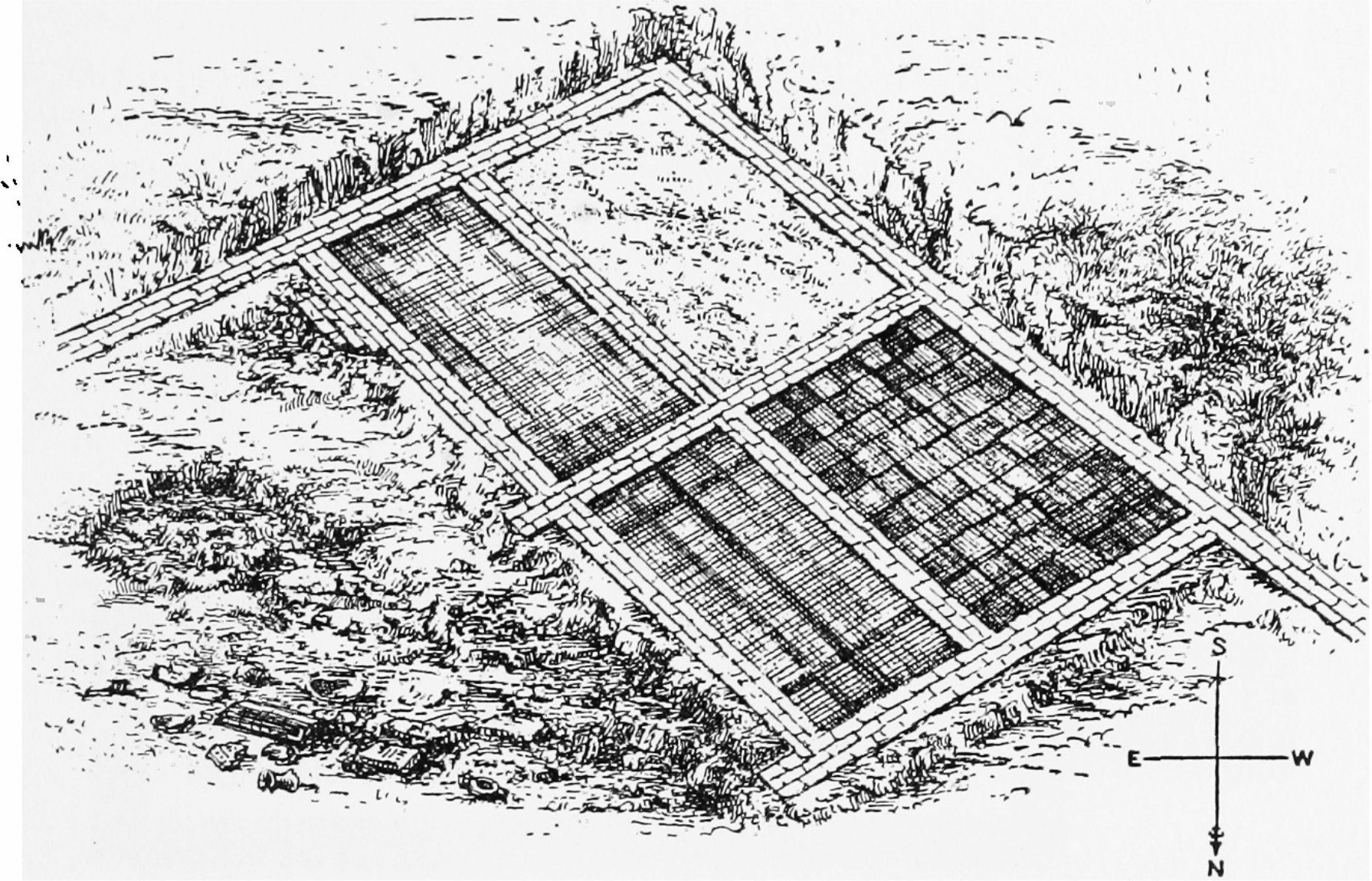
Fig. 36. View of Roman Remains at Beckley, Oxon. (After O.A. & H. Soc., n.s., i (1862))
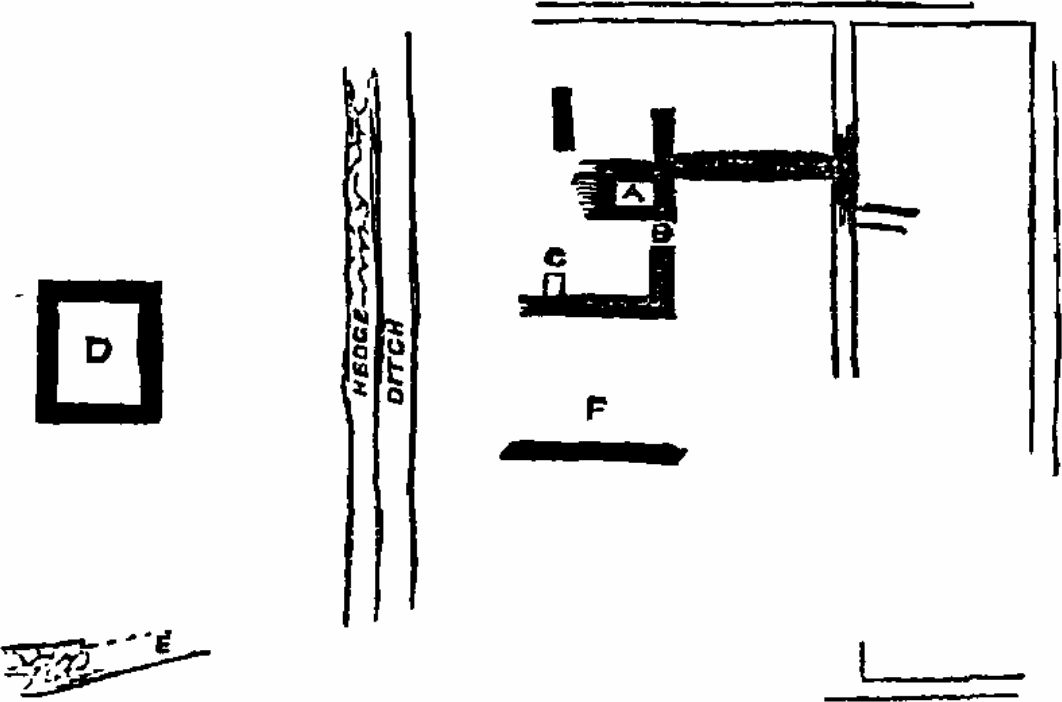
Fig. 37. House at Headington Wick, no. 24. (After J.B.A.A. vi (1851), 54)
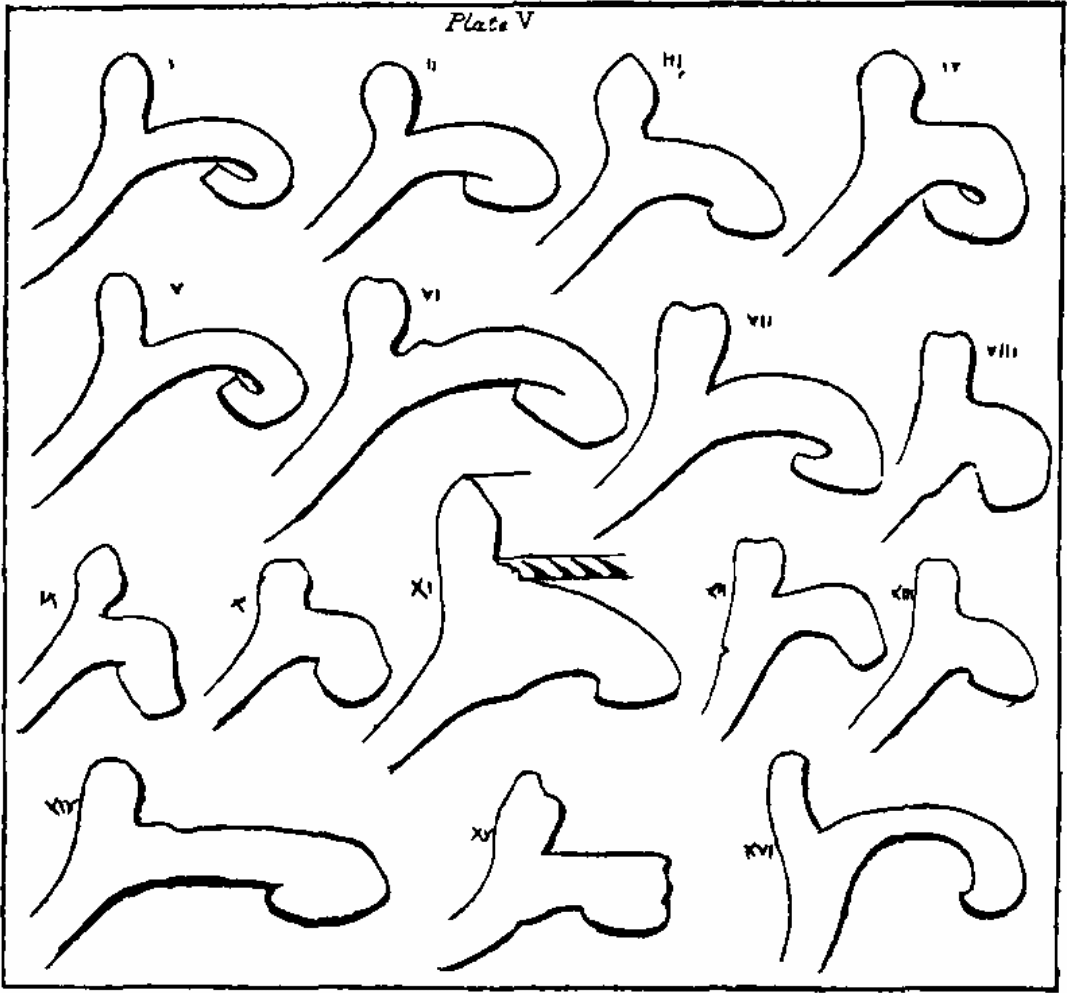
Fig. 38. Mortaria Rims found in the House at Headington Wick, no. 24. (After J.B.A.A. vi (1851))
Apparently the foundations were destroyed, and in 1920 nothing was found when the fields were ploughed mechanically. Half-way between the villa and the Roman road and about 400 yds. north of Wick Farm a skeleton 'of great antiquity,' probably female, was found in 1892 and was probably a burial by a track leading to the villa from the main road.
[The main account, by Jewitt with illustrations, is in J.B.A.A. vi, 1851, 52 ff., but there is a preliminary account, ibid. v, 159 ff., and further notes by him in Ceramic Art in Great Britain (1878), i, 46 ff. and Illustrated London News, xiv, 245, 14 April 1849. Many of the objects appear to have been scattered and lost. The pieces of green glazed pottery mentioned either belonged to some industry and were not really glazed pottery at all or were medieval; the mould for a head decorated with vine-leaves figured by Jewitt, though said to be a Mercury or a bacchante, looks medieval. For the burial see B.B.O.J. iv, 19.]
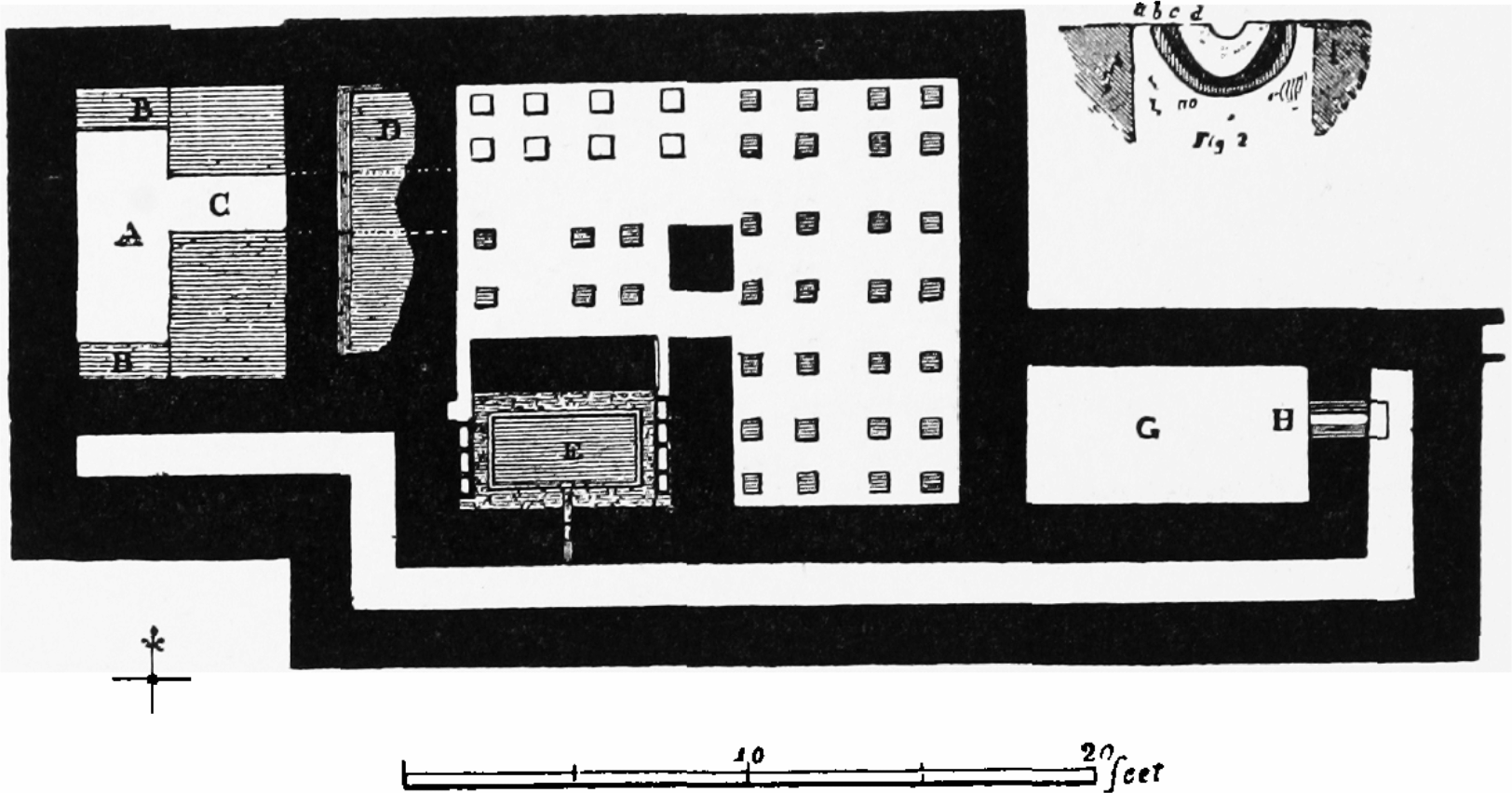
Fig. 39. Bath-building of House (no. 26) at Wheatley. (From Arch. Journ. ii (1846), 351)
25. Cuddesdon. A house exists in a wood immediately north of the Bishop's Palace on the hill overlooking the Thame Valley and about ¾ mile south of the house on Castle Hill, Wheatley (below, no. 26). Some of it was opened in 1916, and a slight excavation was carried out by the O.U.A.S. in 1921, but, owing to the trees, it was not possible to follow out walls or obtain a plan. A hypocaust was discovered and just sufficient to show that there was a house, probably of a simple type. No sign of any tessellated floors appeared, but there were bits of opus signinum and coloured wall plaster. Among the quantities of pottery were a few fragments of south Gaulish ware, including a stamp of the preFlavian potter of. ardaci, another of the Flavian c.silvi, and rough-cast ware of the same date; most of it, however, except for some late 2nd-century Samian ware, was of the 3rd and 4th centuries and included grey cooking-vessels and much of the local colour-coated ware with pattern in red on a white slip. The eight coins found were Æ 1 Pius (Cohen, 751), and Faustina II (Cohen, 169), Æ 2 Claudius II (Cohen, 321), Æ 2 and 3 of Constantine I and II (Cohen, 124 and 113), 'Constantinopolis' and 'Urbs Roma' types, Magnentius (Cohen, 68), Constantius II, and Valens. Of the two brooches found one was an interesting early tinned crossbow type and the other an oval gilt one set with a coneshaped cornelian, an early 4th-century type; a knife complete with its bone handle was also found. It looks, therefore, as if the house existed in the 3rd and 4th centuries on a site occupied in the 1st century. [Haverfield and Manning MSS. in the Ashmolean Museum. J.R.S. xxi, 214. The pottery, oval brooch, knife, and some of the coins are in the Ashmolean Museum. For a similar brooch cf. Gent. Mag. 1788, ii, p. 270, V.C.H. Suffolk, i, 321 and Kent, iii, 79, and Arch. Ael., Ser. 3, vii, 1911, 181. For possible roads connecting the house with the Dorchester-Alchester road see pp. 279, 280, f.; and it should be noted that the Saxon cemetery (p. 352) was found about 300 yds. south of the house.
26. Wheatley. Part of a house covering an area at least 190 ft. from north to south was opened by a very distinguished company—J. H. Parker, the Bishop of Oxford (Dr. Stubbs), and Dr. Buckland, the geologist, then Dean of Westminster—about 1845, on Castle Hill, south of the village and SW. of New Barn. The site is a typical one on high ground sloping south and east to the River Thame. The most important discovery was part of a bath-building, the plan of which is here shown (Fig. 39). What looks like the frigidarium (g), measuring 8 ft. by 4 ft., is at the east end, with a waste-pipe (of two concave tiles one within the other, fig. 2) in the middle of the east wall. To the west was the caldarium, 14 ft. by 12 ft., the floor supported on a pillared hypocaust, with a sudatorium (e) in the SW. corner, the east and west walls of which were jacketed with flue-tiles heated by means of two arched flues from the caldarium. A lead pipe pierces the centre of the southern wall at floor-level, emptying into what appears to be a drain running all along the south side. On the west another bath, about 10 ft. by 5 ft. (d), was found over a furnace-arch, and had raised shelves or benches or steps on each side. The stokehole (a), with benches (b) on each side for the stoker, lay to the west. The external walls were about 2 ft. thick and of stone; the hypocaust and flues of brick. The walls were plastered and painted in patterns and there was a moulding at the junction of floor and wall. Unfortunately there are no details of the pottery, but the coins noted are of Maximinus, Salonina, Constantine, and Gratian. Fragments of an Andernach millstone and another of red grit-stone were found. Though 'covered by a building adequate to guard them for a century,' by 1872 every stone of the villa had disappeared, the shed having been pulled down and the place deliberately ploughed about ten years previously. [Arch. Journ. ii, 350 ff.; iii, 92 (W. Buckland); hence Illustrated London News, viii, 248, 11 April 1846, and O.A. and H. Soc., n.s., iii, 4.] The house at Cuddesdon lies less than a mile to the SW., and the Wheatley Anglo-Saxon cemetery (below, p. 353) is only ¼ mile away. For a stone coffin found not very far away see Topographical Index, s.v.
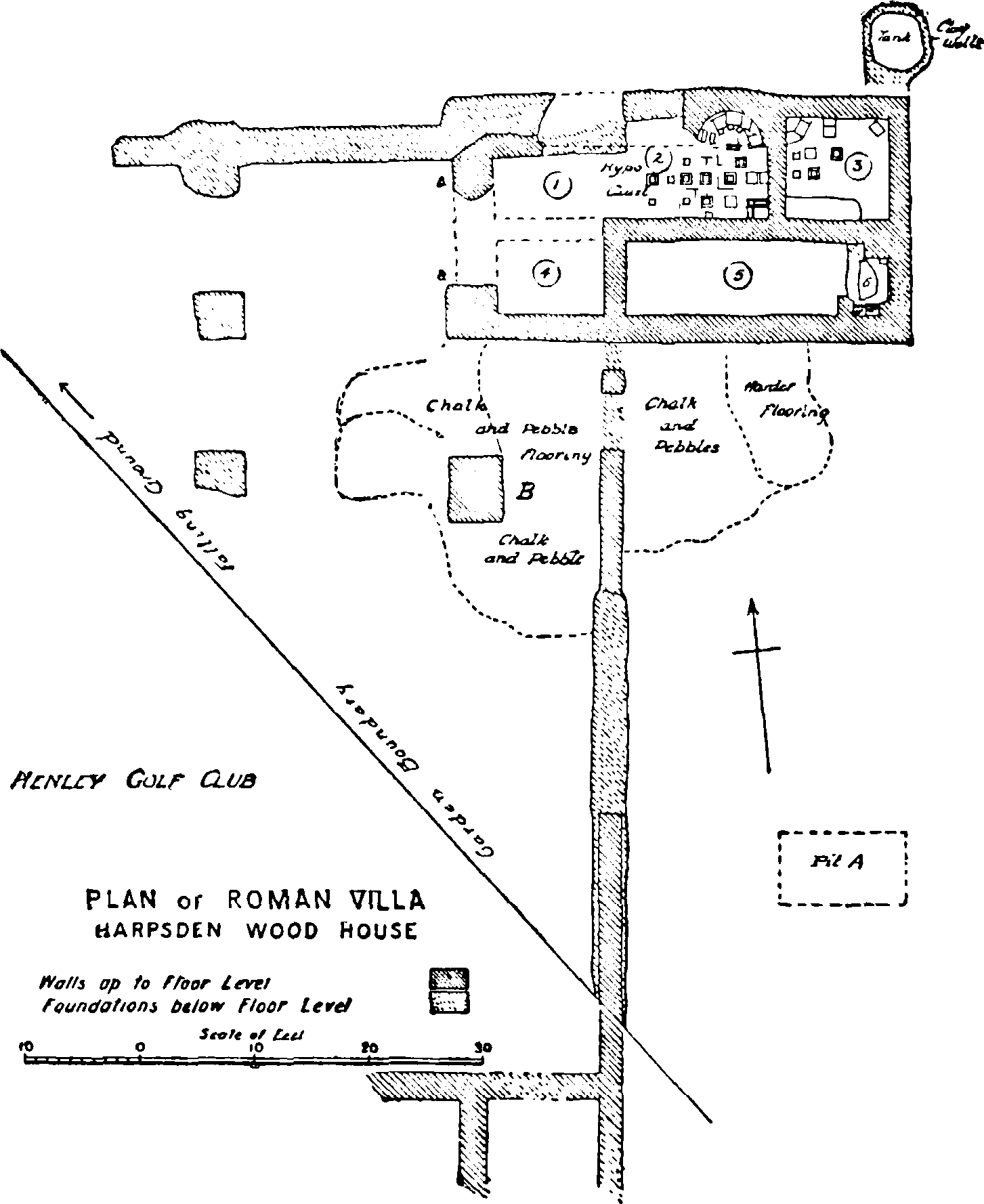
Fig. 40. (By courtesy of 'Arch. Journ.')
27. Burcot. See Topographical Index, s.v.
28. Mapledurham. See Topographical Index, s.v.
29. Harpsden. The NE. fragment of a house was excavated by Dr. Thomas Ashby in 1909 in a garden (Harpsden Wood House) immediately adjoining the sixteenth hole of Henley Golf Links. The site is on a little plateau on the NW. slope of the Thames valley about a mile west of Lashbrook and 1½ miles NW. of Shiplake. It appears to face westwards or south-westwards, and foundations, mainly of flint, were noted for over 100 ft. The actual discovery consisted of a bath-building with pillar bases or buttresses to the west, where the ground sloped. The baths were heated from a furnace on the west (Fig. 40 a-a), and the hottest room, no. 2, was warmed by a hypocaust on pillars c. 2¾ ft. high, in the NE. corner of which was a semi-circular sunk bath (Pl. XX, b); the floor of this last appears to have been laid on flue-tiles set horizontally and no doubt communicating with vertical ones at intervals. No trace of heating could be found in the room on the east (no. 3), but the destroyed floor had been raised on a hypocaust. It looks like the tepidarium. The room on the south (no. 5) had a hard floor 3 in. thick, of chalk pebbles and clay; at its east end appears to have been a small tank or bath having sides and a floor of hard red cement and resting on a mortar bedding 8 in. thick. There are signs of reconstruction here; presumably no. 5 was a dressing-room with cold bath at 6. A circular depression 4 to 5 ft. in diameter north of no. 3 was probably a soak-away. More hard cement floors were traced, but on the SE. the ancient ground-level dropped considerably; at A there appears to have been a pit which must have been outside the structure; the main remains, therefore, must have extended south and west. No traces of tessellation are recorded, and only a few fragments of painted plaster, found in the clay-lined depression. The pottery included a little pseudo-Samian, a little red ware with scroll pattern painted in white, and much grey ware suggesting a 3rd- or 4th-century date for the site, as do six coins which range from a.d. 267 to 326. [Arch. Journ. lxviii, 1911, 43 ff. with plan here reproduced (Fig. 40). Dr. A. E. Peake reports fragmentary foundations and much pottery found in 1921; J.R.S. xi, 214. Roman potsherds and tiles in Reading Museum were said to have been discovered with foundations in a gravel-pit east of Harpsden Hill in 1932, possibly the same site. Plot (Oxfordshire, 1705, p. 341) records Roman money dug up 'near a small circumvallation in a wood south and by west' of Harpsden Church—clearly this site; the earthwork may merely have been grass-covered ruins.]